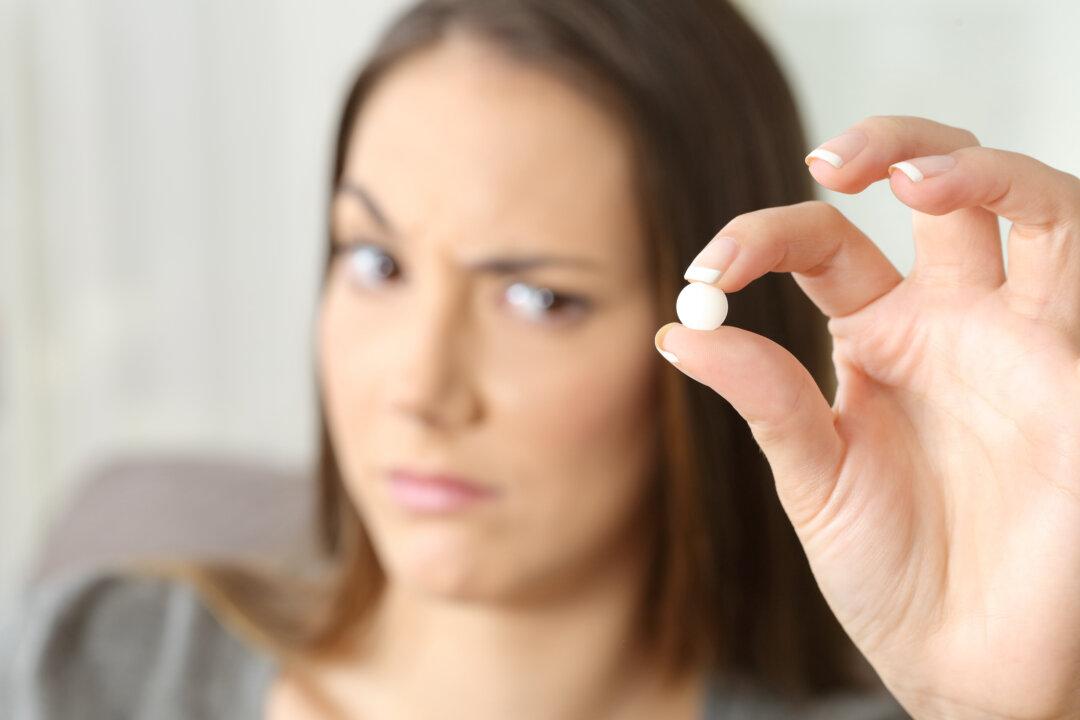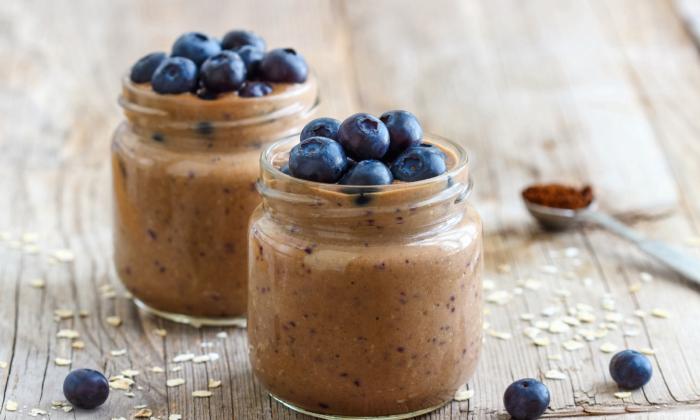The four values on a standard cholesterol panel are mostly garbage. Total cholesterol is worthless. LDL cholesterol is not a real number, but a fictitious value with little relationship to reality and, at best, poor predictive value for cardiovascular events. Because reducing LDL cholesterol has become such a profitable enterprise for the pharmaceutical industry, this is the value that the majority of physicians focus on, bullying their patients into taking statin cholesterol drugs, even though their track record is, at best, spotty, providing little if any benefit to the majority while increasing risk for Type 2 diabetes, progressive muscular weakness, and cognitive impairment.
Triglycerides, however, are an exception: a marker that provides numerous insights into metabolic and cardiovascular health. For many years, I consulted on cases of complex hyperlipidemias, i.e., unusual disorders of cholesterol, triglycerides, and lipoproteins. For many years, I prescribed statins, fibrates, niacin, and other agents to gain control over “high cholesterol,” high triglycerides, low HDL, etc. But, over time, it became clear to me that not only are cholesterol values virtually useless, triglycerides are important and could be managed entirely with dietary maneuvers, never requiring pharmaceuticals. Ideal triglyceride levels of 60 mg/dl or less are readily achievable without drugs.
The pharmaceutical industry may be cutthroat, exploitative, and a cancer on society, but they’re not stupid. They have tried to commercialize drugs to reduce triglycerides with agents that include statin drugs, fibrates (e.g., gemfibrozil, fenofibrate), and the absurd world of prescription fish oil (Lovaza, Vascepa), even though blood triglyceride levels are completely under the influence of diet, insulin resistance, and other nutritional factors.
- VLDL particles are minimized: Very low-density lipoproteins are triglyceride-rich particles that flood the bloodstream after the consumption of carbohydrates or sugars. Amylopectin, a carbohydrate of wheat and grains, is a major trigger for VLDL particle formation in the liver via the process called de novo lipogenesis, the conversion of carbs to triglycerides or fats. VLDL particles are both a direct cause of coronary atherosclerosis, as well as a contributor of triglycerides to LDL particles that, via a series of reactions, lead to the formation of small LDL particles, a major contributor (not LDL cholesterol) to coronary disease. Triglyceride blood levels track perfectly with VLDL blood levels. It means that, even if you do not have an advanced (e.g., NMR) lipoprotein panel, you can use a standard cholesterol panel that includes triglycerides to track VLDL particles. (This is unlike LDL cholesterol which tracks poorly with the real value, LDL particle number.)
- Insulin resistance is minimized: Insulin resistance amplifies liver de novo lipogenesis. If insulin resistance is minimized to healthy levels, liver de novo lipogenesis that produces triglycerides (as VLDL) is also minimized. Low triglycerides are therefore accompanied by ideal blood sugars, ideal HbA1c, ideal fasting insulin levels, and minimized endogenous glycation (glucose-modification of proteins that accelerate aging). While not a direct measure of insulin resistance, having a triglyceride level of 60 mg/dl or less is indirect evidence of minimized insulin resistance.
- Small LDL particles are minimized: Because small LDL particles are formed with the participation of VLDL particles, minimizing triglycerides/VLDL particles means that small LDL particles are no longer being created. Recall that small LDL particles, due to a change in surface conformation of the apoprotein B (apo B) recognition protein, are not effectively cleared by the liver and thereby persist for five to seven days after consuming, say, a sandwich or stack of pancakes. Normal large LDL particles formed after, say, some bacon or eggs, are cleared within 24 hours since the normal apo B configuration means the liver recognizes these particles and clears them from the bloodstream. Having fasting triglyceride levels of 60 mg/dl or less, therefore, tells you that small LDL particles are minimized or eradicated.

How to Reduce Triglyceride Blood Levels to the Ideal 60 Mg/dl or Less?
- Don’t eat wheat or other grains: This avoids fueling liver de novo lipogenesis that creates triglycerides. (Even though dietary fats and oils are triglycerides, they are minor contributors to blood levels of triglycerides. Liver de novo lipogenesis from carbs is the dominant factor.)
- Manage carbohydrates: I advocate consuming no more than 15 grams of net carbs per meal. We are not aiming for ketosis; we are aiming to minimize rises in blood sugar, formation of VLDL and small LDL particles, and minimize insulin resistance.
- Supplement omega-3 fatty acids, EPA and DHA, from fish oil only—never krill, flaxseed, or chia: Flaxseed and chia are excellent sources of the omega-3 fatty acid, linolenic acid, but not EPA or DHA. The dose is 3,600 milligrams EPA + DHA (total) per day, divided into two doses.
- Supplement other nutrients lacking in modern life that also contribute to minimizing insulin resistance: These include vitamin D, magnesium, and iodine.
- Manage bowel flora: Feeding and cultivating bowel flora with prebiotic fibers/resistant starches drops triglycerides even further. Addressing SIBO can reduce triglycerides substantially. Recall that endotoxemia that develops with colonic dysbiosis/small intestinal bacterial overgrowth leads to endotoxemia that, in turn, drives insulin resistance that amplifies liver de novo lipogenesis, yielding triglycerides. Our efforts, such as SIBO Yogurt, to reorganize bowel flora reduce gram-negative fecal species, reduce endotoxemia, and thereby reduce insulin resistance and triglyceride levels.







